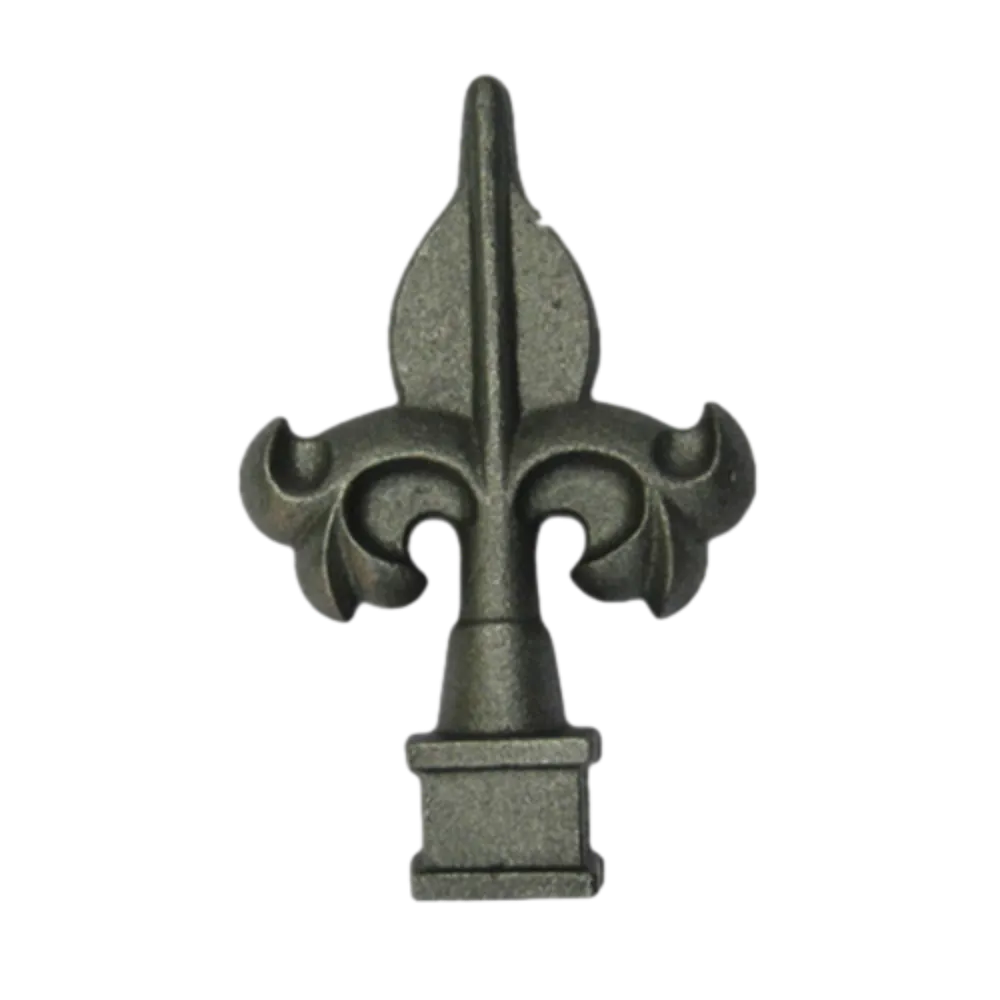wrought iron meaning
The Meaning and Significance of Wrought Iron
Wrought iron is a material that has played a significant role in construction, art, and manufacturing for centuries. Its name, derived from the Old English word “wyrcan,” meaning “to work,” reflects the extensive processes that this iron undergoes to achieve its characteristic properties. In this article, we will delve into the meaning of wrought iron, its historical context, its applications, and why it continues to hold relevance today.
What is Wrought Iron?
Wrought iron is an iron alloy that is worked by hand or machine while it is hot, allowing it to be shaped into various forms. This malleable metal is primarily composed of iron, with a very small percentage of carbon, typically less than 0.08%. This low carbon content contributes to its unique properties, including ductility, toughness, and corrosion resistance. Unlike cast iron, which is brittle and can break under stress, wrought iron can be bent and shaped without losing its integrity, making it an ideal material for a variety of applications.
The Historical Context of Wrought Iron
The history of wrought iron dates back to ancient times. The earliest evidence of wrought iron artifacts can be traced to around 1200 BCE in regions such as Anatolia. With the advancement of metalworking techniques, wrought iron became an essential material in various cultures, from the Egyptians to the Romans. The forging process, which involved the repeated hammering of iron to remove impurities and improve its properties, was developed and refined over the centuries.
During the Middle Ages, wrought iron saw a surge in popularity, particularly in Europe. Blacksmiths crafted intricate designs for both functional and decorative purposes, producing everything from gates and railings to tools and weapons. The use of wrought iron in architecture became particularly significant, culminating in the grand ironwork of cathedrals and public buildings during the Gothic period. Such designs not only showcased the craftsmanship of the period but also highlighted the material's versatility and strength.
Applications of Wrought Iron
wrought iron meaning

Wrought iron has a wide range of applications, owing to its unique properties. In construction, it is used for structural components, such as beams and columns, providing strength and stability to buildings. Its malleability allows for ornate designs in railings, staircases, and balconies, adding an aesthetic element to functional structures.
In interior design, wrought iron is favored for furniture, fixtures, and decorative accents. Its rustic charm and durability make it a preferred choice for both traditional and modern styles. Garden gates, furniture, and fencing made from wrought iron not only serve practical purposes but also enhance the visual appeal of outdoor spaces.
Additionally, wrought iron is commonly used in the manufacturing of tools and implements. Its ability to withstand heavy use while maintaining its shape makes it ideal for producing high-quality hand tools. Moreover, artisans often use wrought iron in sculpture and art, creating intricate pieces that can endure the elements while maintaining their beauty.
The Modern Relevance of Wrought Iron
Despite the advent of modern materials and manufacturing processes, wrought iron retains a cherished place in contemporary society. Its historical significance and aesthetic appeal have led to a resurgence in interest among architects and designers who appreciate its timeless qualities. Restoration projects often incorporate wrought iron to preserve the authenticity of historical structures, demonstrating a respect for craftsmanship and tradition.
Furthermore, with a growing emphasis on sustainable materials, wrought iron stands out as an eco-friendly choice. It can be recycled without losing its properties, contributing to a circular economy. As industries seek to reduce their environmental impact, wrought iron’s longevity and recyclability position it as a viable option in modern construction and design.
Conclusion
The meaning of wrought iron extends beyond its material characteristics; it represents a rich tradition of craftsmanship and innovation. Its historical journey, practical applications, and enduring allure highlight its significance in both the past and the present. As we move forward, wrought iron remains a beloved material that combines functionality with beauty, reflecting the craftsmanship of generations while serving the needs of contemporary society.
-
Wrought Iron Components: Timeless Elegance and Structural StrengthNewsJul.28,2025
-
Window Hardware Essentials: Rollers, Handles, and Locking SolutionsNewsJul.28,2025
-
Small Agricultural Processing Machines: Corn Threshers, Cassava Chippers, Grain Peelers & Chaff CuttersNewsJul.28,2025
-
Sliding Rollers: Smooth, Silent, and Built to LastNewsJul.28,2025
-
Cast Iron Stoves: Timeless Heating with Modern EfficiencyNewsJul.28,2025
-
Cast Iron Pipe and Fitting: Durable, Fire-Resistant Solutions for Plumbing and DrainageNewsJul.28,2025
-
 Wrought Iron Components: Timeless Elegance and Structural StrengthJul-28-2025Wrought Iron Components: Timeless Elegance and Structural Strength
Wrought Iron Components: Timeless Elegance and Structural StrengthJul-28-2025Wrought Iron Components: Timeless Elegance and Structural Strength -
 Window Hardware Essentials: Rollers, Handles, and Locking SolutionsJul-28-2025Window Hardware Essentials: Rollers, Handles, and Locking Solutions
Window Hardware Essentials: Rollers, Handles, and Locking SolutionsJul-28-2025Window Hardware Essentials: Rollers, Handles, and Locking Solutions -
 Small Agricultural Processing Machines: Corn Threshers, Cassava Chippers, Grain Peelers & Chaff CuttersJul-28-2025Small Agricultural Processing Machines: Corn Threshers, Cassava Chippers, Grain Peelers & Chaff Cutters
Small Agricultural Processing Machines: Corn Threshers, Cassava Chippers, Grain Peelers & Chaff CuttersJul-28-2025Small Agricultural Processing Machines: Corn Threshers, Cassava Chippers, Grain Peelers & Chaff Cutters












